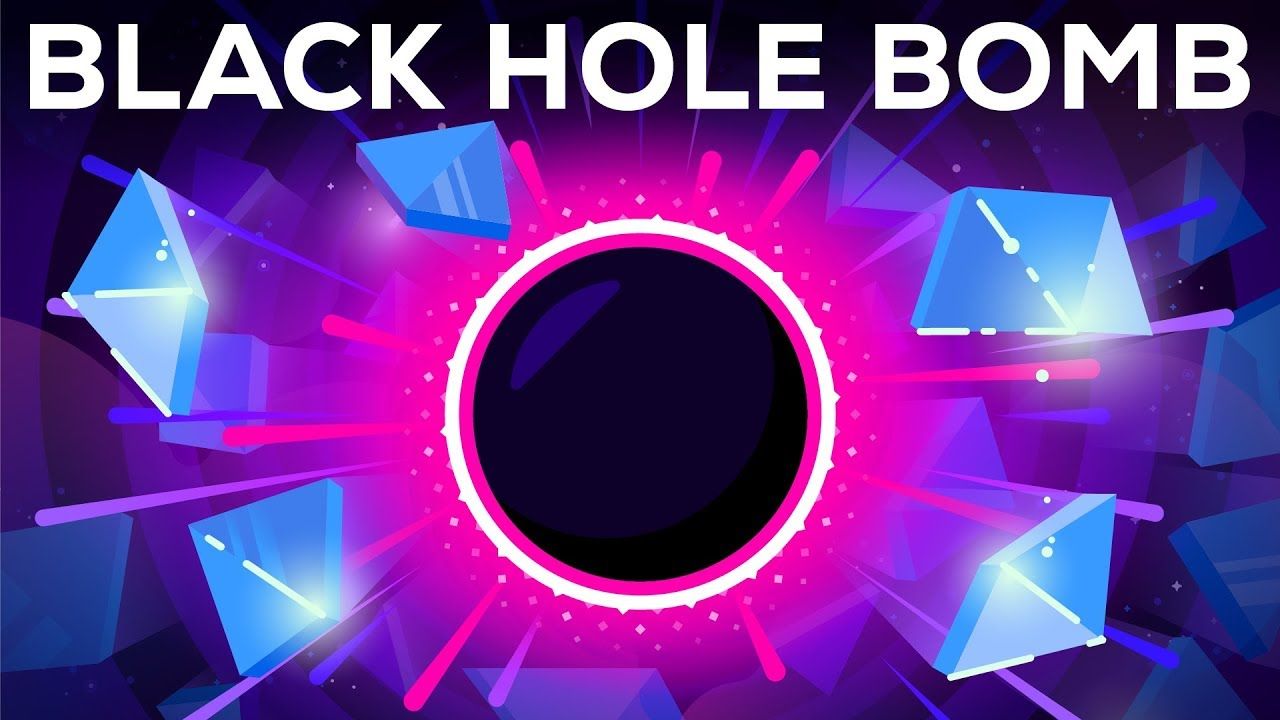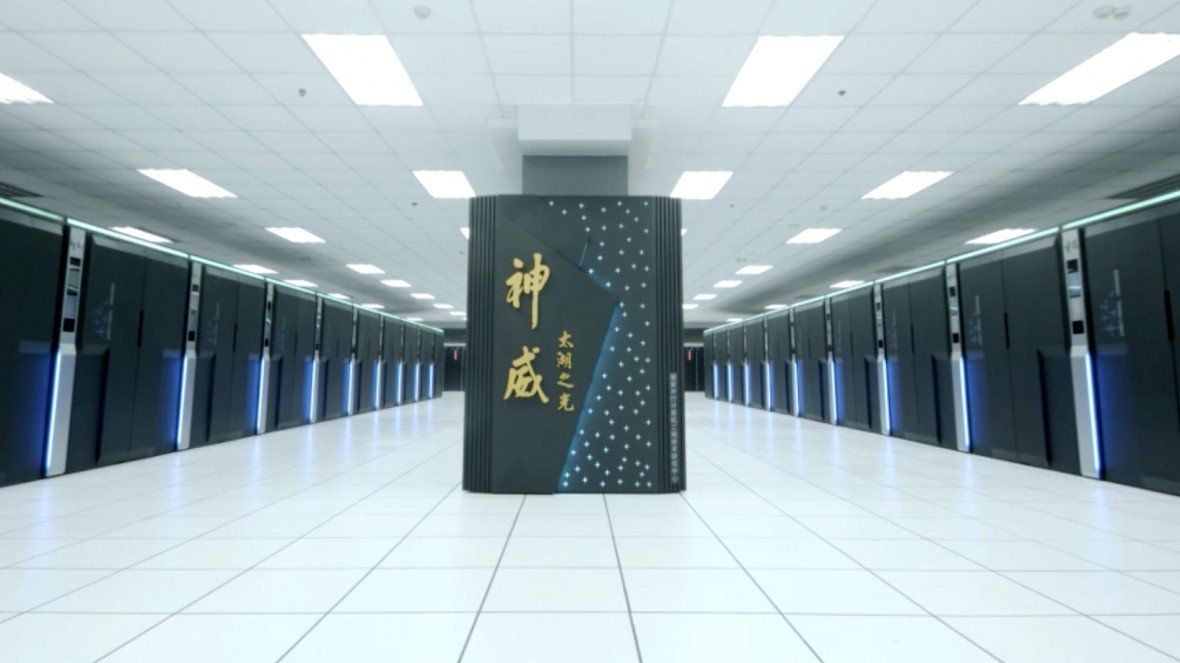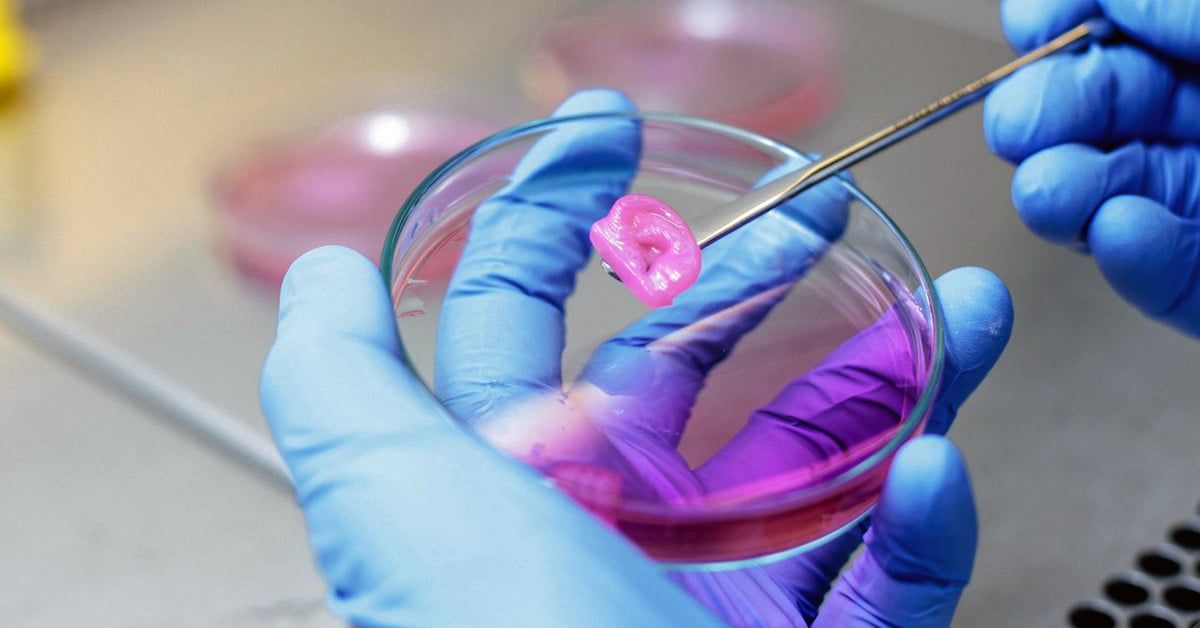
During the recent Undoing Aging conference in Berlin, we worked with Anna Dobryukha from Komsomolskaya Pravda, one of the largest Russian publishing houses. We collaborated on a series of interviews, including this one with Dr. Jonathan Clark from the Babraham Institute.
The Undoing Aging conference, a collaboration between the SENS Research Foundation and Michael Greve’s Forever Healthy Foundation, took place on March 15–17 in Berlin, and it saw many researchers, advocates, investors, and other important members of the longevity community gather together to learn about the latest progress in rejuvenation biotechnology.
LEAF arranged a travel grant for Anna Dobryukha, one of the best Russian journalists writing about aging, longevity, and rejuvenation research, to join us, so it made sense to collaborate with her on the most interesting interviews. Anna works for Komsomolskaya Pravda, one of the largest Russian publishing houses, which has a newspaper, a radio station, and a website with over 40 million readers.
During the conference, we had the opportunity to interview Dr. Jonathan Clark, who has recently been focusing on skin aging and the interactions of collagen in this process. He is the head of the biological chemistry department at the Babraham Institute, where his group carries out aging research. Dr. Clark has some interesting research which he presented at the conference but which has yet to be published, this means that he could not tell us everything he had discovered in this interview, but don’t worry, we have agreed a follow-up interview with him once his data is published.
Read more









